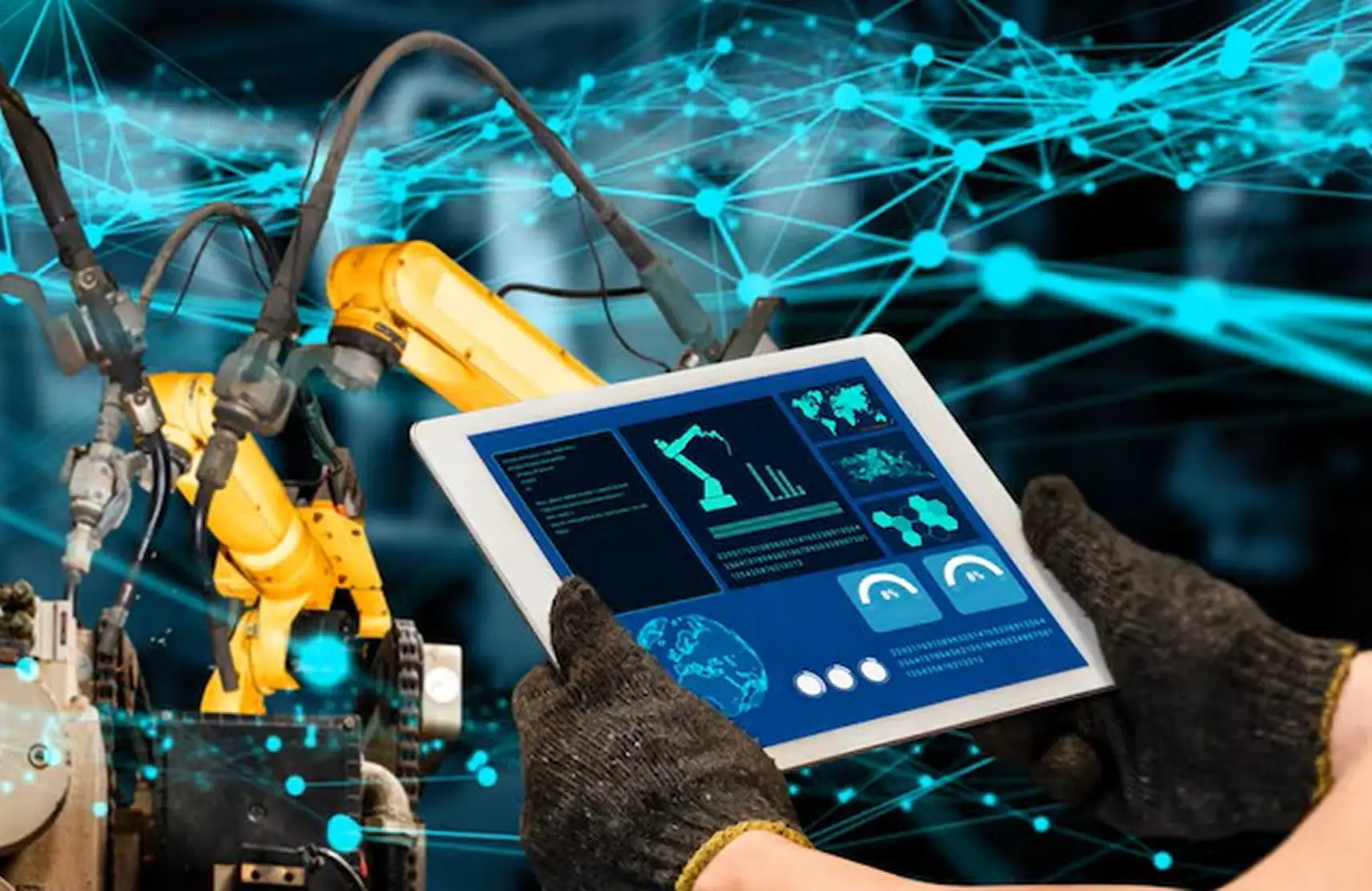
The Role of IoT in Modern Electrical Engineering

The Role of IoT in Modern Electrical Engineering
The Internet of Things (IoT) is transforming industries worldwide, and electrical engineering is no exception. From smart grids to automated buildings, IoT devices are making electrical systems smarter, more efficient, and highly responsive.
This blog explores the crucial role of IoT in modern electrical engineering and how it is shaping the future of energy management and infrastructure.
Understanding IoT in Electrical Engineering
IoT refers to the network of connected devices that collect, share, and act on data. In electrical engineering, IoT enables:
- Real-time monitoring of electrical systems
- Automated control of devices and circuits
- Predictive maintenance to prevent failures
- Energy optimization and cost reduction
By embedding sensors and communication modules, electrical systems become intelligent and responsive.
Smart Grids and Energy Management
IoT is a cornerstone of smart grid technology, enabling utilities to:
- Monitor electricity flow and consumption in real time
- Detect faults and automatically reroute power
- Balance energy supply from renewable sources like solar and wind
- Forecast demand using AI and analytics
For electrical engineers, IoT provides the tools to design grids that are resilient, efficient, and adaptive.
Automation in Buildings and Industries
IoT allows electrical systems in commercial buildings, factories, and homes to operate automatically and efficiently:
- Smart meters track energy usage and provide insights
- Lighting, HVAC, and machinery can adjust based on occupancy or demand
- Automated alerts prevent equipment overloads or failures
This level of control improves energy efficiency, reduces costs, and enhances occupant comfort.
Predictive Maintenance
Electrical failures can be costly and disruptive. IoT sensors continuously monitor:
- Voltage fluctuations
- Temperature and humidity of electrical equipment
- Current loads and power quality
By analyzing this data, engineers can predict potential issues before they occur, reducing downtime and maintenance costs.
Integration with Renewable Energy
IoT helps manage intermittent energy sources like solar and wind:
- Monitors real-time generation and storage levels
- Optimizes the use of batteries and energy storage systems
- Automatically balances supply and demand across the grid
Electrical engineers leverage IoT to maximize efficiency and reliability in renewable energy integration.
The Internet of Things is no longer a futuristic concept - it’s redefining modern electrical engineering. From smart grids and predictive maintenance to automated buildings and renewable energy management, IoT empowers engineers to design smarter, safer, and more efficient electrical systems. As businesses and utilities continue to embrace IoT, electrical engineers who adapt to this technology will play a critical role in shaping the energy-efficient, connected world of tomorrow.



